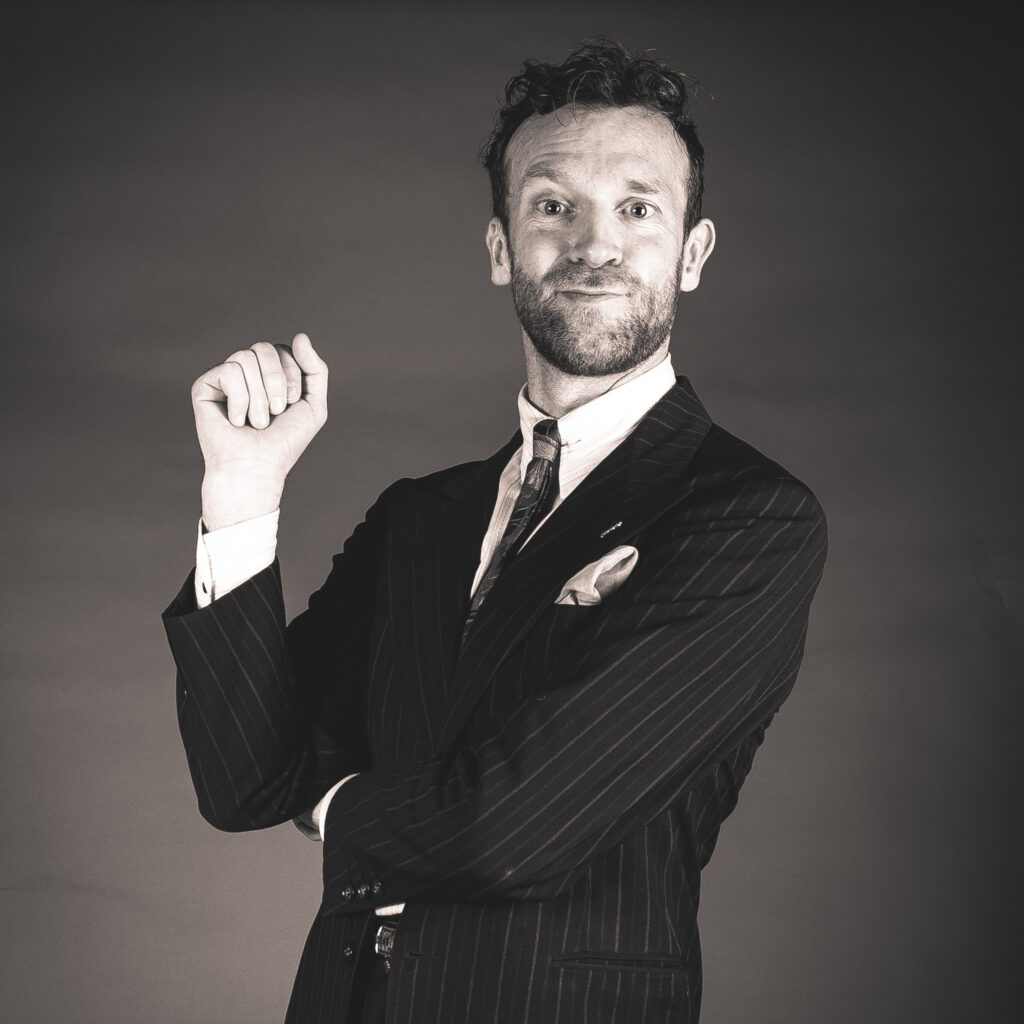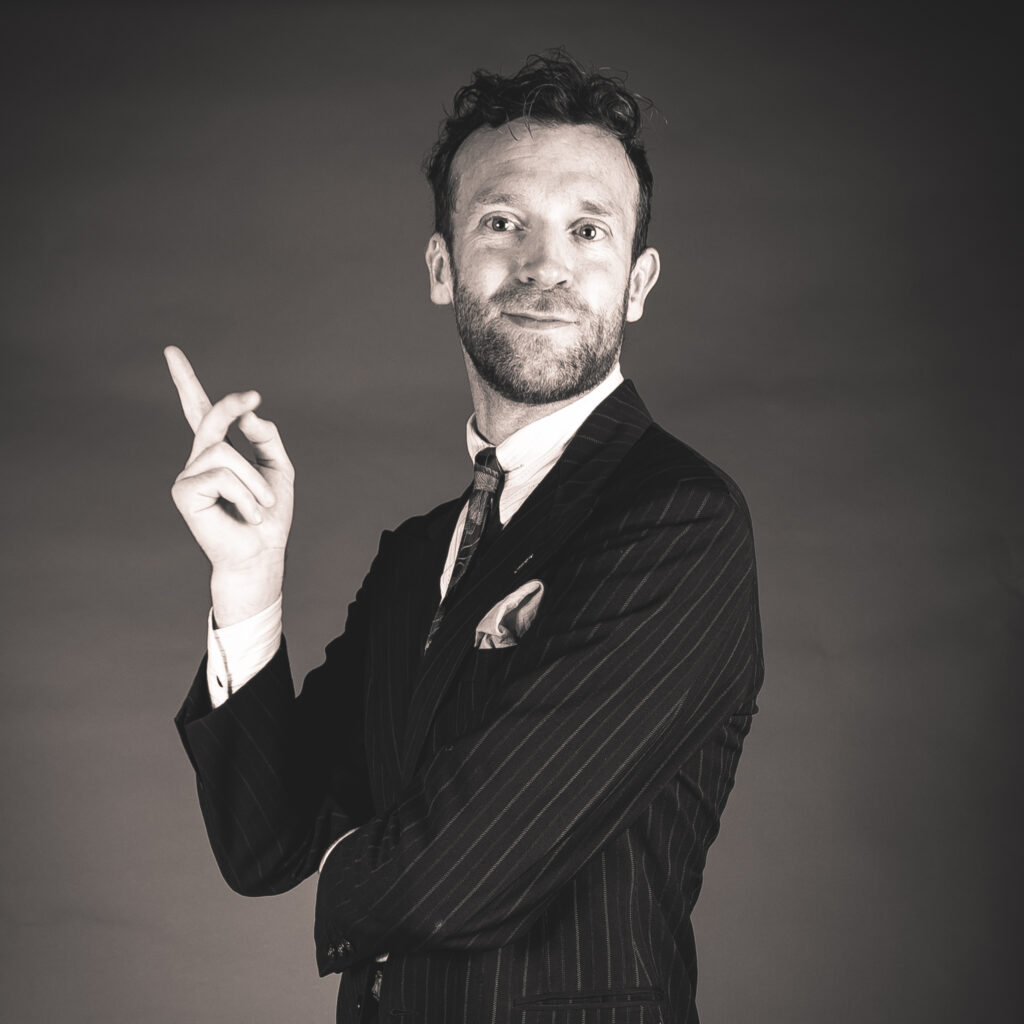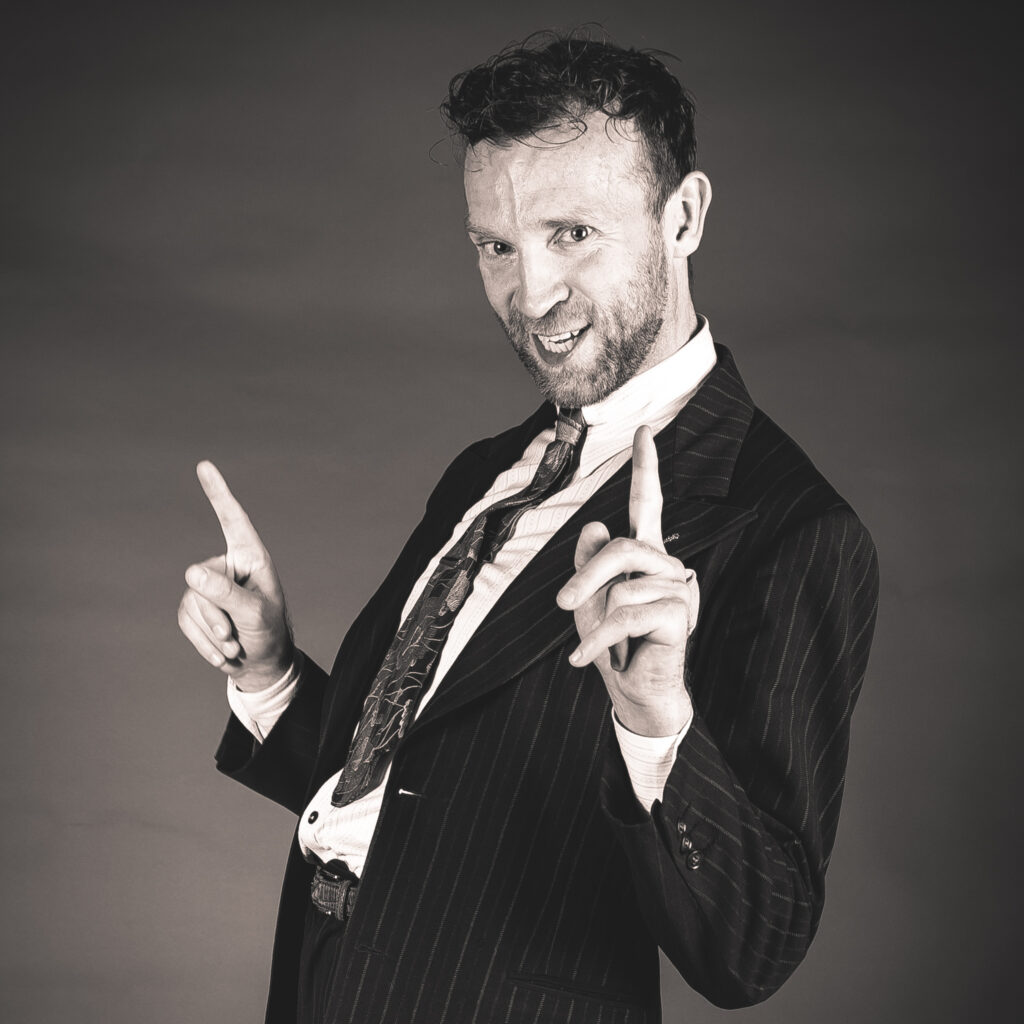When I met Andreas Olsson in October 2022 in Torquay (UK) during the All Slow Bal Weekend, I was struck by the creativity in his dancing. His focus shifts to different instruments in the music. Andreas is not only using moves, but his whole body, to translate the music into his dancing. It was a lot of fun to watch him dance Slow Bal, and even more so to dance Slow Bal with him.
The transition from just doing your moves to really dancing and becoming one with the music, is a challenge for many dancers. I certainly struggle with this from time to time. This is why I asked Andreas for some tips on how to improve our creativity in our Swing dancing, or more specifically: In our Slow Bal dancing.
Below you can find the video of the full interview. For those of you who prefer to read, I wrote this article. I hope you enjoy it and feel inspired!
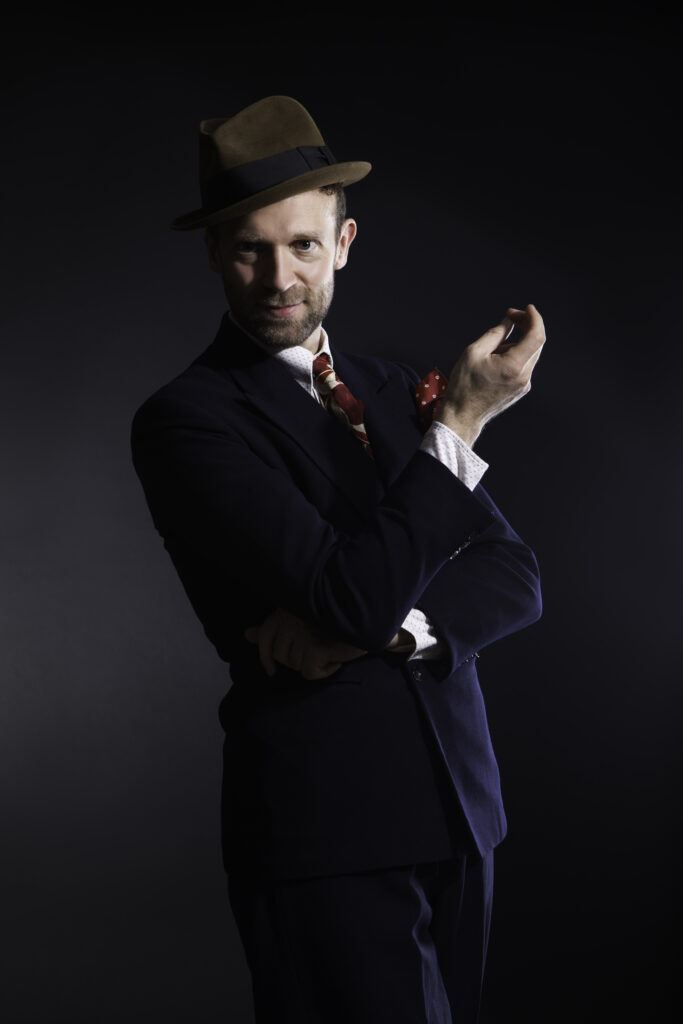
“I went to the London Balboa Festival in the beginning of the 2000s. It was big and one of Europe’s only Balboa festivals back then. Dean Raftery and Ray Cunningham were there regularly to teach. Dean and Ray are two of the oldtimers; the original Slow Bal dancers. Dean danced with his wife Nancy and Ray with Darleene Lind. They are the main sources for Slow Bal that we have today. We know that there were more dancers out there, but we don’t know who they are.
I remember having classes with Dean and Ray. Back then I didn’t really understand much of what they were doing. I was focussing on getting my fast Balboa working. Around the year 2013 I realised that I needed to improve my rhythm as a dancer. One of the ways to do that, is to practice dancing slow. So I suggested to my dance partner, at that time it was Mette Herlitz, that we should start practicing some Slow Balboa. We had this routine of practising 20 minutes of Slow Bal every time we trained. So that is how I started to get into it. And from those practices I went back to the old videos, to the old London Balboa DVDs and started to figure out for myself what exactly it was that they were doing.”
“I’m a person who enjoys analysing and explaining things for myself. I see Slow Bal as a slow Swing dance. We have the inspiration from the original dancers, but this dance also has everything that comes with dancing Swing. So that’s the point of departure for me.
Then I started to look at the dancers: what do they do? What do Dean and Ray do? What are their significant ways of moving? I built the dance from there. I can break down moves and try to copy Dean’s basic as much as I can. But at the end of the day I try to understand as much as I can, and then do my own version, based on the underlying mechanics of what I see. So I don’t want to move exactly in the same way. This is important to me. I want to do it in a way that makes sense to me. And as we only have two original dancers, I need to use other sources as well.
I’m an archaeologist, before I became a professional dancer. So maybe I think as an academic. To have only two couples as a source for a dance is not enough for me. So I’m going to use whatever other sources I have. And one of those sources are my own feelings. How would I move to this music? How do I feel like moving to a slow Benny Goodman ballad, or a slow Teddy Wilson song?
I also started to look at other Ballroom vintage dancing like the Ballroom Blues dances. This has been a whole big chapter in my learning process. You have to put the pieces together from the sources you have. And this is what coloured my Slow Bal dancing.”
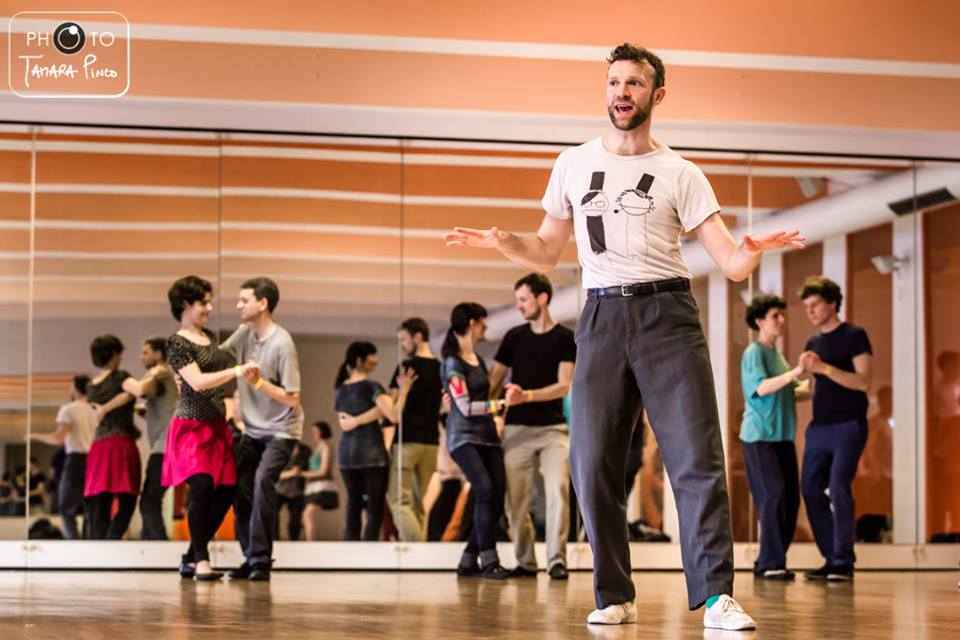
“Slow Bal is first and foremost a Swing dance. I think this is so, because in the way you would approach a Blues song you would have more moving hips, more asymmetry in your body. When I look at Dean and Ray dancing, there is a little bit more polyrhythmic in Dean’s body. But they are not moving their hips very much, it’s kind of even in relation to the floor. They are moving in the same horizontal level. It’s shuffling, it’s constant moving and it’s very rhythmical. There is a lot of dancing in between the beats by holds, delays and other small things.
Dean inspirers me in the way he leads and drives through his triple steps. It’s super smooth and there is no pulse. I think Ray has a little bit more pulse in his direction changes. But Dean’s dancing is so smooth. It’s crazy. Dean’s connection is quite high and it allows the follow to move the hip a bit more. I also like the way Ray has his counter body motions and very quick turns, and his snappy syncopated ball-changes. I really try not to copy singular movements, but take the ingredients and put them into a different order to make them my own.”
“I think it’s super important to look at the originals. Otherwise I think there are rare examples of slow dancing with rhythm that isn’t Foxtrot or Tango. I think they actually add something new to the area of slow dancing.
It’s important to know where the inspiration comes from and to know the background and history of the dance. But in the end you need to be your own artist when you dance.”
“Thank you for complimenting my dancing. Ultimately I like to formulate rules and break them. And then I like to play. Playfulness is a great way to emulate partnership and to stop thinking. It’s something we learn as kids. To be able to use that as a resource in dancing is one of the best ways.
I’m not sure what creativity is. Maybe it’s the ability to surprise yourself or find a path that you haven’t walked before in the dance, like a new move or step. But ultimately it’s hard work. Something we need to practice.
When you learn a new move, learn ten different ways to get into it and ten different ways to exit it. And then, in between the entrance and exit, teach yourself ten different ways of changing the rhythm or add small details. Develop a really good practice of listening to your partner when you are a leader, because you can get a lot of inspiration from how your follower moves.
If you come prepared, you can be very creative.”
“I definitely think Slow Bal offers the same space for creativity as other Swing dances, but in different ways. When I dance in a closed position, it will be more about following and leading weight changes, shifts and triple steps in different rhythms and shapes.
From an outside perspective Slow Bal can look a bit closed. As a follower you are following. Period. But if you look at what following and leading means, you will see that it’s a dialogue. So when you follow you say something with how you move. There is not one way of following. There are as many ways of following as there are different followers, different bodies, different ways of listening to the music and interpreting the music.
So at the end of the day, when I lead a step through, it can be done in so many different ways and timings. And this creates an open space for creativity. As a follower you have to understand how you effect the leader, and as a leader you have to learn to react to the follower. It’s like a chain reaction. Maybe I start the dance by leading a weight change, but after that we are initiating and responding to each other.”
“Exactly. The follower can choose how to react to the leader. But the follower can also initiate a weight change or a triple step for example. This requires a little bit more skill and knowledge of the dance to be able to do that, but it is possible. Understanding where there is space to initiate is not a beginner thing, but it’s a development we had in decades of swing dancing. Nowadays we understand a bit more on how the different roles, leading and following, relate to one another. Following and leading is not as black and white as we sometimes think. It’s a conversation.
When we talk about leading and following we make it sound like following is a passive thing. But within the space I have as a follower, I enjoy to just follow the moves. I don’t need to add that much. I don’t feel passive. It’s still a conversation for me. We listen to each other. Following is not a bleak copy of the leading.”
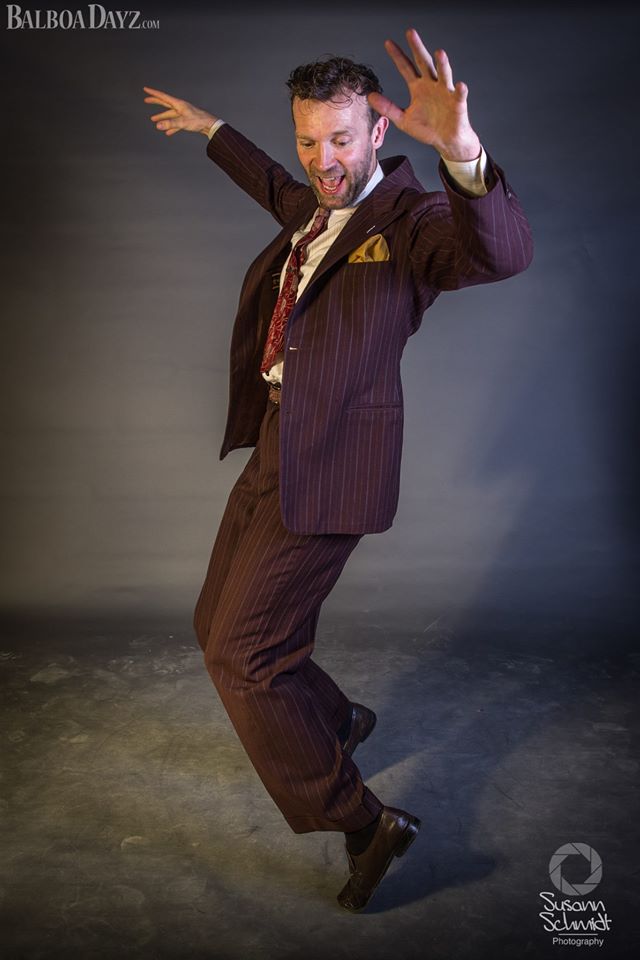
“On the social dancing floor it’s my partner that inspires me most. The music comes second. Although I want to follow the music, of course. It’s never between my partner and the music. But I feel mostly inspired by my partner. You got to work on the floor and feel like you want to dance with your partner and want to make the 3 minutes interesting for the both of you.”
“I think teaching provides a lot of inspiration. Because when you look at other dancers, you get a lot of new ideas all the time. Sometimes I watch videos of other dancers. Mostly Lindy Hop and Balboa dancers, but I also enjoy watching Westcoast Swing. I love trying to understand what Carolina Shag dancers do. And I love watching all these amazing solo jazz dancers that we have in the world. It’s all very inspirational. I dance some Tango and sometimes I go to a Milonga. I will forever be a promising beginner, because I have no time to take any lessons. But you get a lot of ideas when you just watch other people and other dances.”
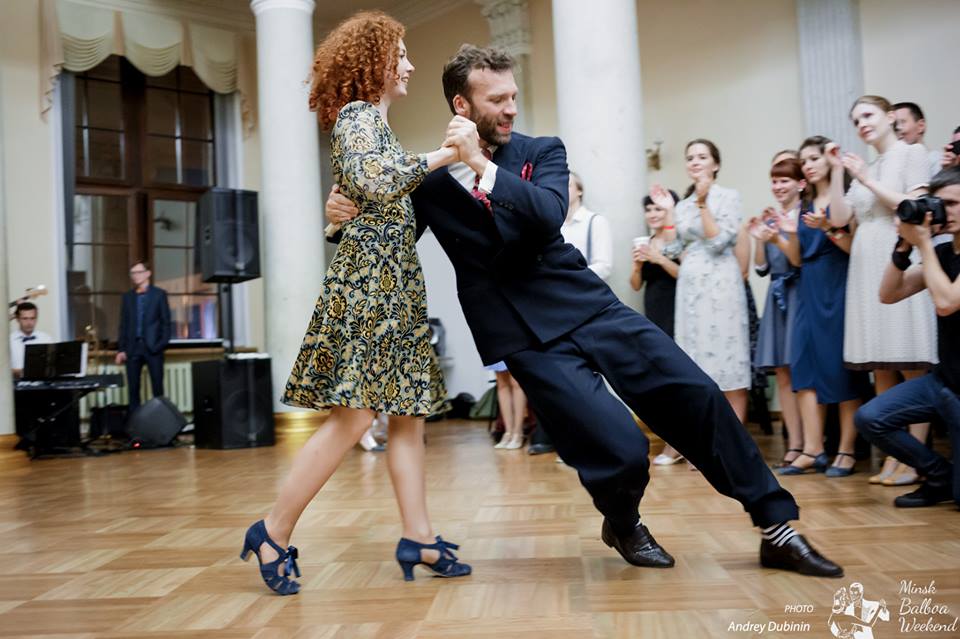
“Yes, I enjoy that. I’m pretty good at coming up with small games an challenges for myself. Most of the times I want to come up with something for a new class. So teaching is a good engine for working on your own dancing. During the pandemic I came up with some exercises to practice by yourself. In classes people can get stuck in what the teachers tell them to do. So one things that I’ve learned is to challenge people to get the real dancing feeling, even when you are at home.
For example: one exercise was about finding out how a specific concept in Balboa, like stops and freezes, work in other art forms. In theatre for example. In theatre a stop and freeze has a completely different meaning. It’s not a stop motion, but more a moment for afterthought. If we look at visual design, a freeze could be a line that is broken. In music a freeze or stop is more like a pause. So use these other art forms to boost your creativity or playfulness. Of course this is just an example. I don’t know if it works for everyone.
Another challenges I like to give is working with a move, for example a grapevine, and then let people come up with a shape that has a grapevine in it. Or give restrictions, like you can’t do an in and out. Or you can only dance Slow Bal going into triples from slows, but not from quicks. Give yourself small restrictions or challenges and see what happens. Because it forces you to do things in a different way.”
“Yes, listen a lot to music. Music is important. Know the music, the structure and everything.
And as I mentioned before, when you learn a new move, also learn how to combine it with something else. Find different ways to get in, and different ways to get out. Work on your timing. Do the same thing in different ways. Eventually you can combine things. You train your brain to do things in a different order.
As a lead, be open and invite te follower. Create an environment where you can be open and save with each other. That can boost your confidence.
Also important: don’t take yourself too seriously. Practice hard but laugh about it. Sometimes when I have a social dance, I make it look like I make a mistake and say sorry to my follower, even though I did it intentionally. Because a lot of times when students dance with a teacher, they are half terrified. It’s good to level a bit. That makes the dance a lot more comfortable for the both of us.
Sometimes dancing to different music is also helpful. I mean non-Swing dance music. Just put on something that is completely different. Other music can bring on other emotions and other ways of moving that you didn’t have yet in your Slow Bal but that you can adopt. If you dance to classical music and try to dance Slow Bal to that, you will realise the importance of rhythm. So in this way different music can be an eyeopener for something new as well.
One of the things I really enjoy when it comes to Slow Bal is that it opens up possibilities of being more rhythmic in my musicality. The combination between slows, quicks and syncopations make me feel like I’m a musician in a band. I have this more with Slow Bal than with Balboa or other faster Swing dances. It’s really a great thing in Slow Bal.
Last but not least, learn how to scat. I mean, Slow Bal is in a way quite close to tap dancing, because of the rhythm feel. You need to know where the syncopations are and where you put the emphasise between the lines. As a partner dance, Slow Bal has this space and opportunity, and it forces you to be good at it. If you want to be good at rhythms, learn tap dance or Slow Bal!”
